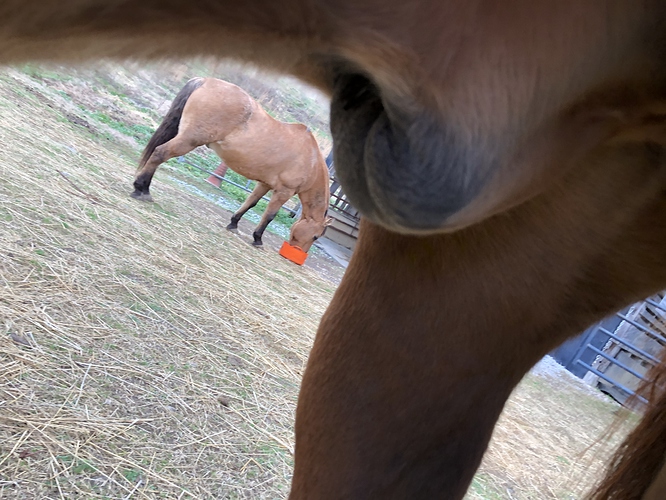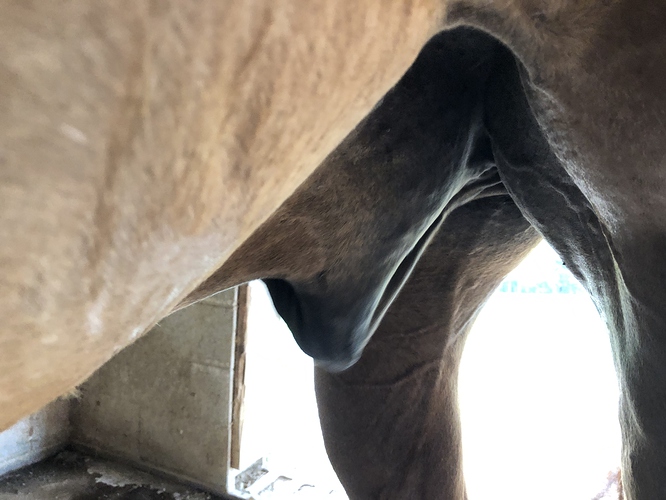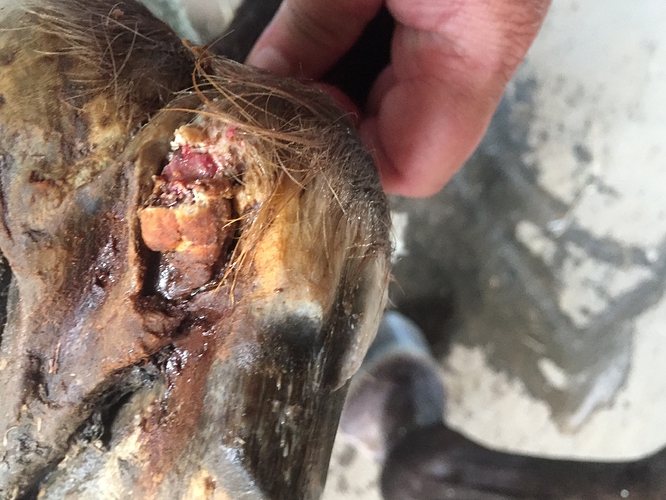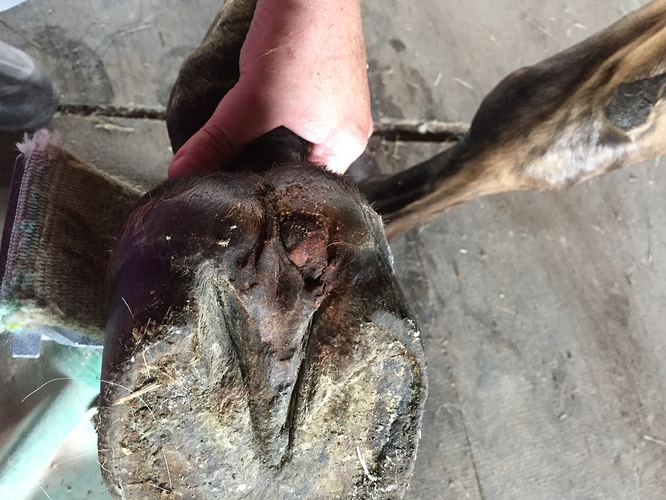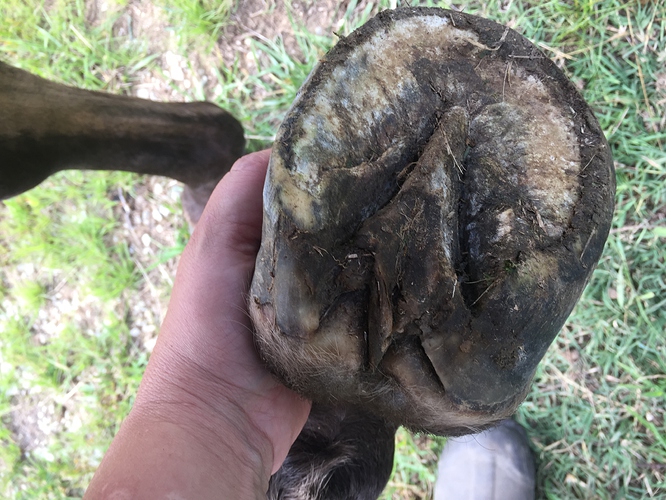I have an 18 year old quarter horse gelding I have owned since he was a 2 year old.
In 2019, he put his leg over a concrete pony wall in our run in shed and through the wood wall. It was a pretty extensive injury with a wound that could not be stitched closed, a crazy amount of proud flesh, and partially severed tendons.
He actually healed very well considering the extent of the injury, but the following year I noticed issues that I believed to be unrelated to the injury that kept popping up.
He would develop girth galls very easily, even with custom fitted saddles and a variety of cinches. I swear I must have sent no less than 10 cinches back to Riding Wearhouse trying to figure this issue out.
He would also develop oozing sores on his midline that nothing seemed to help. You name it, I tried it.
His sheath swelled to the point it would never completely come down. I had the vet out of a thorough cleaning, and cleaned it frequently myself. Exercise would reduce the size quite a bit, but it never returned to normal. When this began and would not resolve, I hauled him to the largest equine clinic in the state, and they could offer me no good reason for the swollen sheath, except for maybe there has been lymph node damage from his run in shed injury. There recommendation was lunging him to help keep the swelling down, but there were still times I wondered how he could urinate as the sheath was that swollen.
And then there was the issue with his eyes. They would weep constantly, with tearing running all the way down his face. My vet checked his eyes, thought it was allergies and prescribed 15 generic Zyrtec twice daily. Allergies made sense as we lived in the South with fairly mild winters. But, the Zyrtec never truly stopped the eye watering. Fly masks did not seem to help, and he became an expert at destroying them, sometimes within an hour or two of puttting one on him.
Fast forward to last summer when we relocated back up North. When winter rolled around, I expected the eyes to clear up due to cold weather and a good, hard frost kill. Much to my dismay, nope, eyes are still watering with 30 Zyrtec per day.
I decided to start researching the eye issue, and one of the things that came up was Neck Thread Worm, formal name Onchocerca cervicalis.
Treatment for it was a double dose of Equimax dewormer, every two weeks for a total of 3 treatments. I called my former vet from down South, discussed what I thought was going on, and asked his opinion. His response was he did not see much Neck Thread Worm out in the field, so he kinda doubted that was it, but it would not hurt the horse to try it, so let’s do it.
The results were incredible. The horse is totally off Zyrtec and his eyes are not watering even with fly activity. I have ridden him more this year than in the near recent past with no girth galls or oozing sores on his ventral line.
What amazes me most is the swelling in his sheath is gone. It looks totally normal about 97% of the time. Occasionally it will seem slightly thicker, but nowhere near what he had experienced before.
I wanted to share this as it is the second time I have had a horse with a longtime issue, researched as much as I could, and worked with my vet to come up with a solution that was successful. I believe that as horse owners, sometimes we need to go with our guts and think outside the box. I trust my vets, but do not expect them to have all the answers. Sometimes by working together, we can solve problems that otherwise might not get resolved.
ETA- pictures.
December 2021
July 9, 2024
If you all are interested, I can also tell you about my horse who developed canker.

